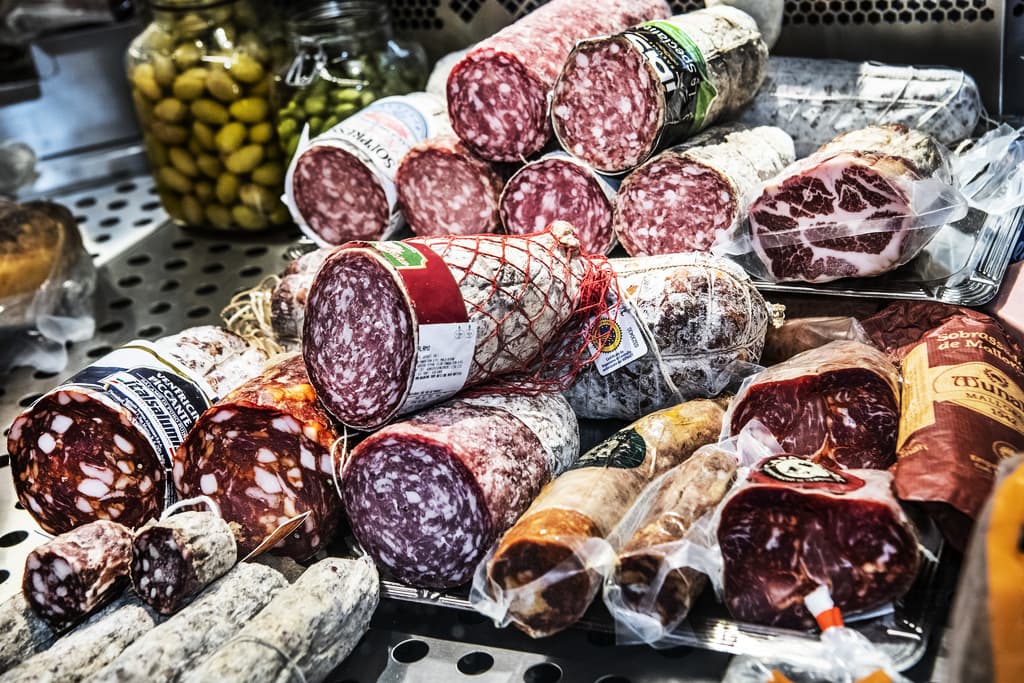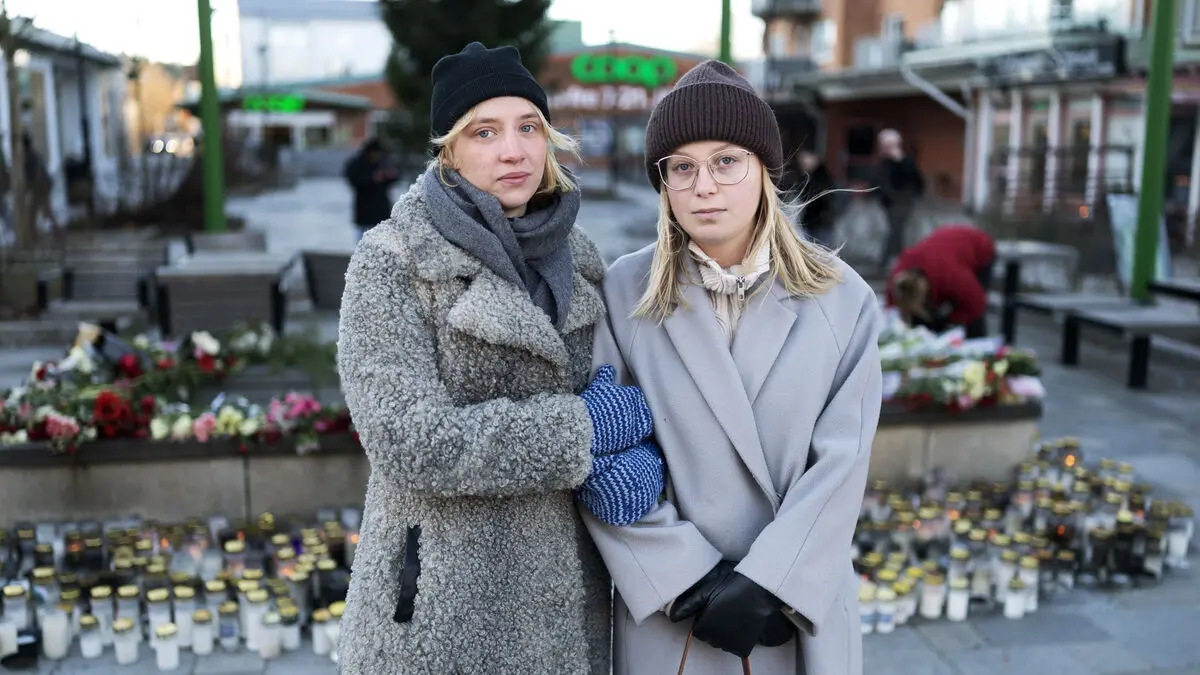When the updated Nordic nutrition recommendations were presented in 2023, the message was clear: Limit the amount of meat to a maximum of 350 grams per week. As for processed meat, such as ham, salami, and bacon, we should eat "as little as possible", said project leader Rune Blomhoff to TT at the time.
The recommendations now receive support from a large meta-analysis where researchers from several countries, including Sweden, have analyzed data on the amount of meat and charcuterie in the diet and type 2 diabetes. A total of almost two million participants from 20 countries are included.
Stepwise risk increase
The conclusion of the study, published in The Lancet Diabetes & Endocrinology, is that the risk of developing type 2 diabetes increases stepwise with the amount of meat consumed. Even the consumption of poultry is linked to an increased risk, although not as high.
This is one of the largest observational studies on meat consumption and diabetes that has been conducted. It is very solid, says Mai-Lis Hellénius, a doctor and professor at the Karolinska Institute, who did not participate in the study herself.
In this type of study, it is not possible to establish that meat consumption is the cause of the increased risk, but Hellénius says that it is another indication that today's nutrition recommendations to limit meat intake are correct.
Type 2 diabetes is increasing worldwide and is affecting younger age groups. In light of this, this study is an important piece of the puzzle.
The researchers provide some examples: For every 100 grams of red, non-processed meat consumed per day, the risk of developing type 2 diabetes increases by 10 percent. For processed meat, every intake of 50 grams increases the risk by 15 percent.
Scale back
But Hellénius does not think that people should be afraid of the ham slice on their sandwich.
It's about balance and the lifestyle we have in general. Both diet and physical activity are important. Humans are omnivores and there is room for both quick carbohydrates and meat. But many in Sweden, especially young men, eat too much meat.
The study does not answer why meat and charcuterie would increase the risk of type 2 diabetes. However, there are some theories. For example, meat may contain nitrosamines, which can be carcinogenic and also affect many cells and functions in the body, increasing the risk of diabetes. Meat also contains saturated fatty acids that are not good for us.
But protein and iron are also good. Once again, it's about not eating too much, says Hellénius.
Corrected: An earlier version contained an incorrect statement about the nutrition recommendation for meat.
What is the difference?
By red meat, we mean meat from four-legged animals such as beef, pork, lamb, game, and reindeer.
By charcuterie products, we mean meat that has been smoked, treated with nitrite, or preserved in another way. This can include, for example, sausage, bacon, smoked ham, salami, and liver pâté.
It has been known since before that a high consumption of meat, especially processed meat, increases the risk of, among other things, colorectal cancer and cardiovascular diseases.
Source: National Food Agency, Mai-Lis Hellénius





